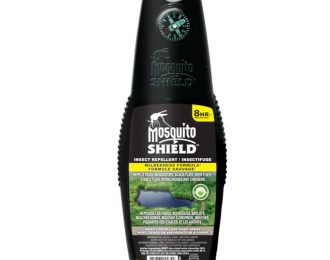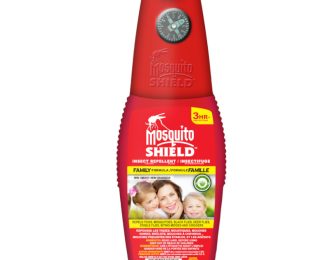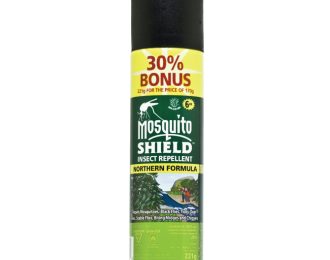Home / Biting Midge
Biting Midge
Name: Biting Midge
Kingdom: Animalia
Phylum: Arthropoda
Class: Insecta
Order: Diptera
Suborder: Nematocera
Infraorder: Culicomorpha
Superfamily: Chironomoidea
Family: Ceratopogonidae
Habitat:
Biting Midges are found in almost any aquatic or semi-aquatic habitat through the world. The eggs are laid on moist soil and cannot withstand drying out. The adults are most abundant near productive breeding sites, but will disperse to mate and to feed.
Food:
Males and females feed on nectar, but the females require blood for their eggs to mature. The females will blood-feed primarily around dawn and dusk; however, there are some species that prefer to feed during the day.
Method of Travel:
Flying
Prevention:
- Historically, management methods included diking and drainage of marshlands to reduce the habitats used by the immature stages.
- Homeowners can install proper screening for windows and patios to prevent biting midges from entering residences and outdoor areas used for leisure and entertaining.
Steps to control:
- Treat screens with a long-lasting insecticide that will be fatal to the biting midges that land on the screen.
- Ceiling and window fans can be used at high speeds to keep biting midges out of small areas.
- Repellents containing DEET typically used as mosquito repellents may also be used to repel biting midges.
- Good, long lasting, low-toxic methods of insect control can be done with Knock Down X-Max Flying and Crawling Killer or other Knock Down products listed below.






